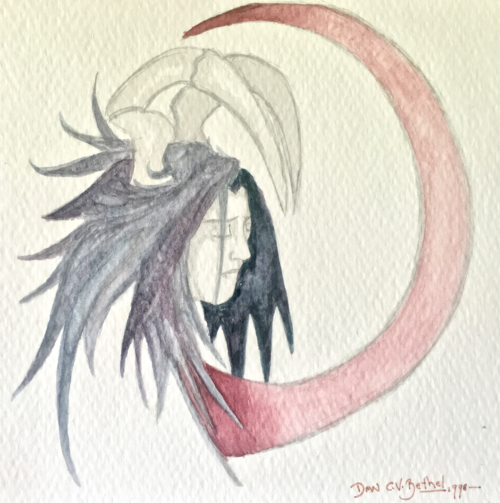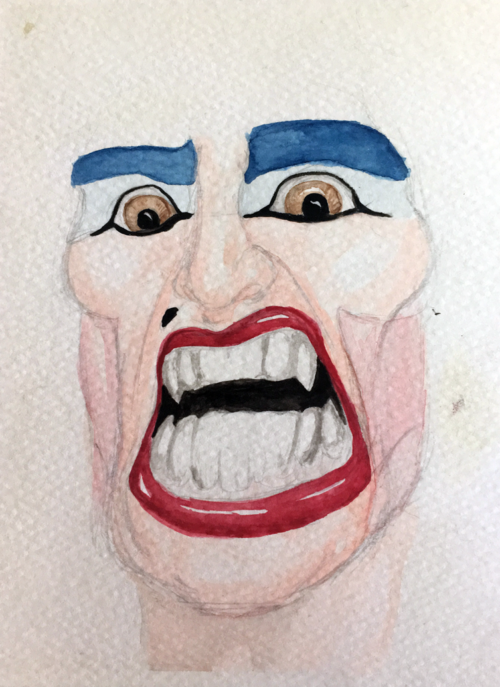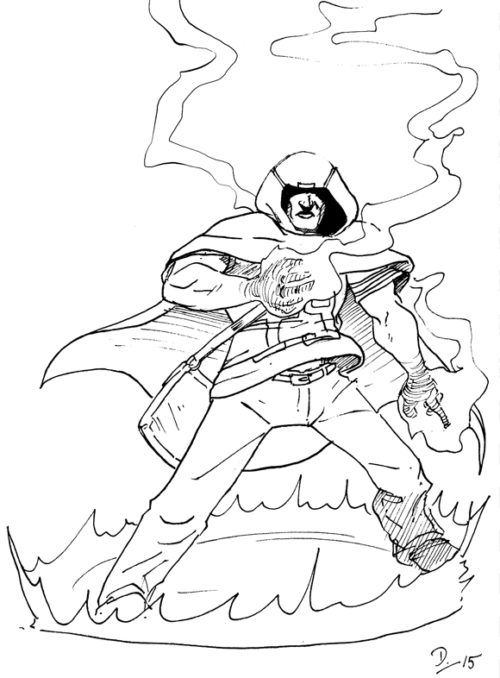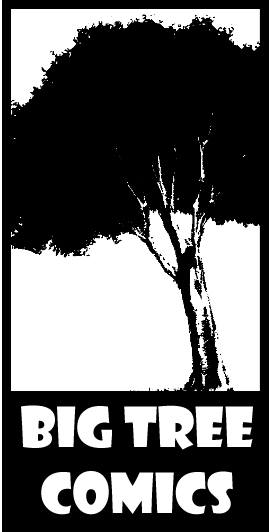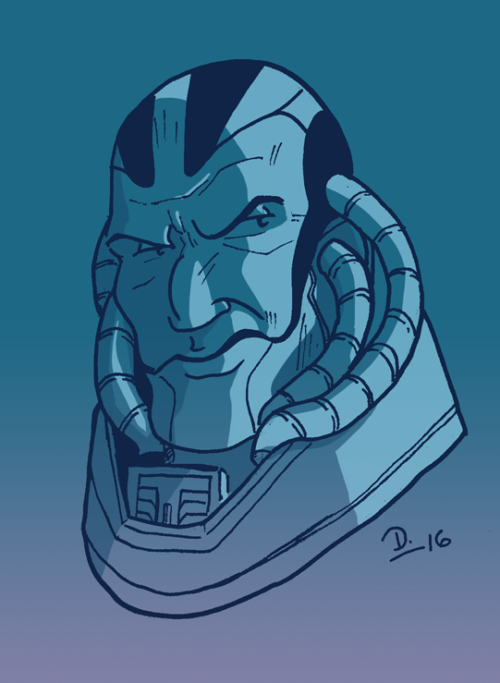In 2000 or 2001, a tiny startup video game company for whom I interned shut down or, at least, they stopped making its debut video game and switched to some strange sports data polling website. Its slow death broke my heart and I, for all intents and purposes, stopped drawing. I doodled, no doubt, from time to time, but the pursuit of art as a vocation evaporated completely. Not surprisingly, this was when I became an English major. This was also when I flunked out of college. It was at this time that I rediscovered prose writing and dove into that. It was also when I started reading for fun.
By around 2006, however, my artistic muscle started spasming. I attempted homemade Flash animation; a big project I wanted to produce was an animated short featuring a character I had come up with in high school called Eben07. But I was out of shape, artistically, and animation is hard. So, bringing on Eben Burgoon––of whom Eben07 was a parody and we made rudimentary comics in high school (sketches, mostly)––we shifted away from an animated medium into the webcomic that we co-created for six years starting in 2007.
When I got back into drawing, I was a very different artist than I was back when I was producing at my peak with the startup. Back then, I experimented with different tools and media in order to grow as an artist an every direction. I wanted as wide a palette as possible.
When I started Eben07, I wouldn’t even call myself an artist. The self-designed credit was “illustrator.” Even throughout the life of the comic––and even into Long John––getting me to draw anything but the pages themselves was a tooth-pulling exercise. Of the six years we made Eben07, we only did three anniversary posters: year 2, 3, and 5. Long John has been about the same in terms of miscellaneous output.
Part of this was my eroded mindset that defined drawing comics as something I was capable of doing competently. It was utilitarian and, by that point in my own artistic growth, directly linked to narrative and story-telling. By the point we started Eben07, I was a much more confident writer than I was an artist and making pages of comics was just another way of doing that.
Making prints and ads and merchandise, however, was much too close to making Art (note the capital-A) which was something I did not feel competent enough to declare myself as being able to do. I still don’t, to an extent, though I’m much more comfortable calling what I do “art” and myself an “artist” than I was in 2007.
I still have some of my earlier artistic attempts, especially some watercolors that I did for various reasons and projects and I see them and resign myself to a bit of wistful nostalgia, thinking, “I was an artist back then,” until my self-critical side sees all of the flaws of those early works and it becomes a gyre of nostalgic self-derision.
There is something in those old works that I don’t have now. I know this because I’ve tried to make some more capital-A Art recently and have rage-quit in disgust. Part of it is my lack of patience. Part of it is rusted muscle memory that, if given the time and practice, I could probably get back into the swing of things and be even better than I was then. However, I know the road to that point would be bumpy and difficult, and I worry I’ll trigger a trap where I’ll get so frustrated I’ll throw everything out the window and quit for good.
So, it’s been a rough week for drawing, is what I’m saying. But it’s a hump I’ll get over. I always do.

